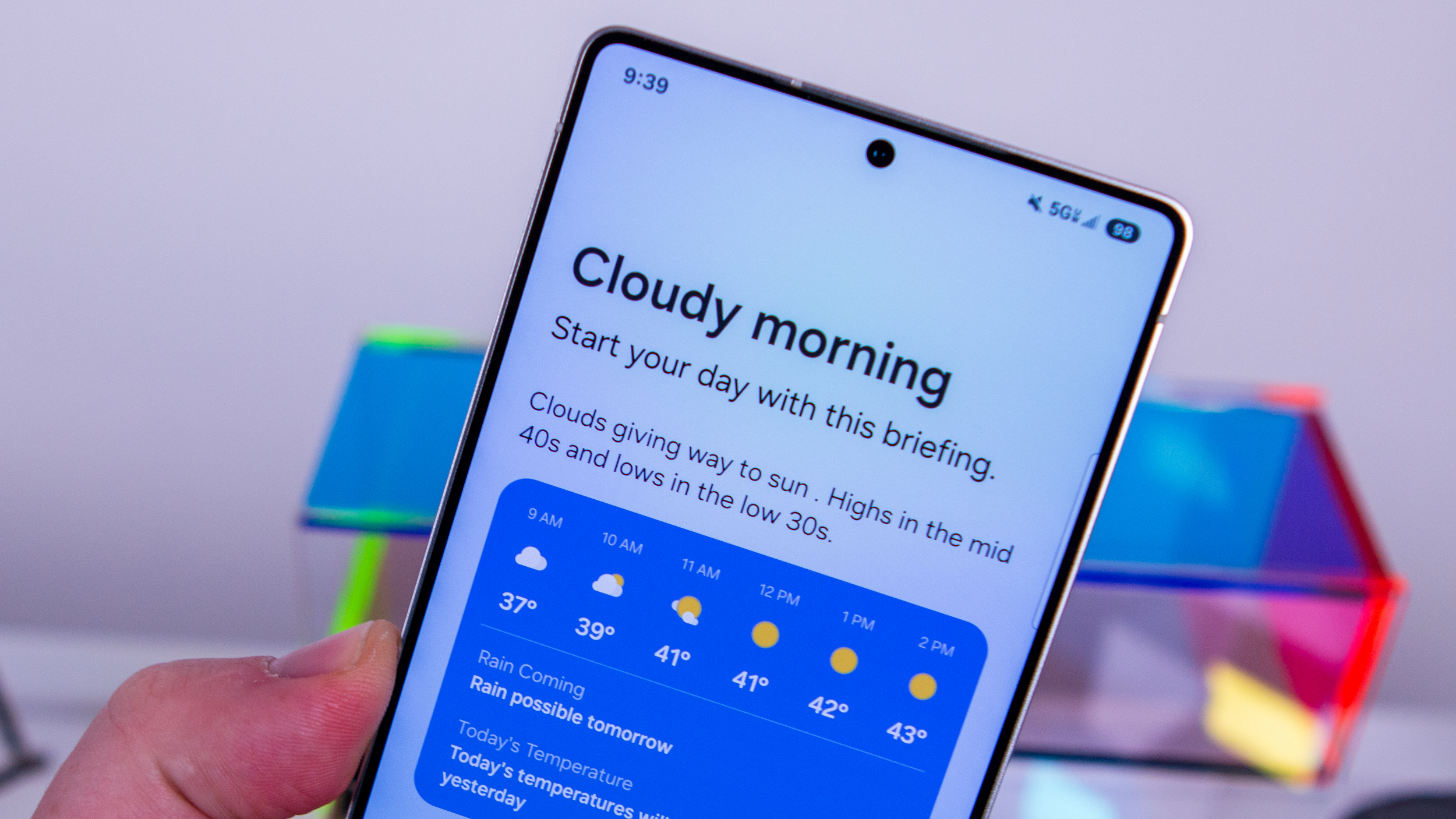TP-Link Archer AX50 vs. Eero 6: Which should you buy?
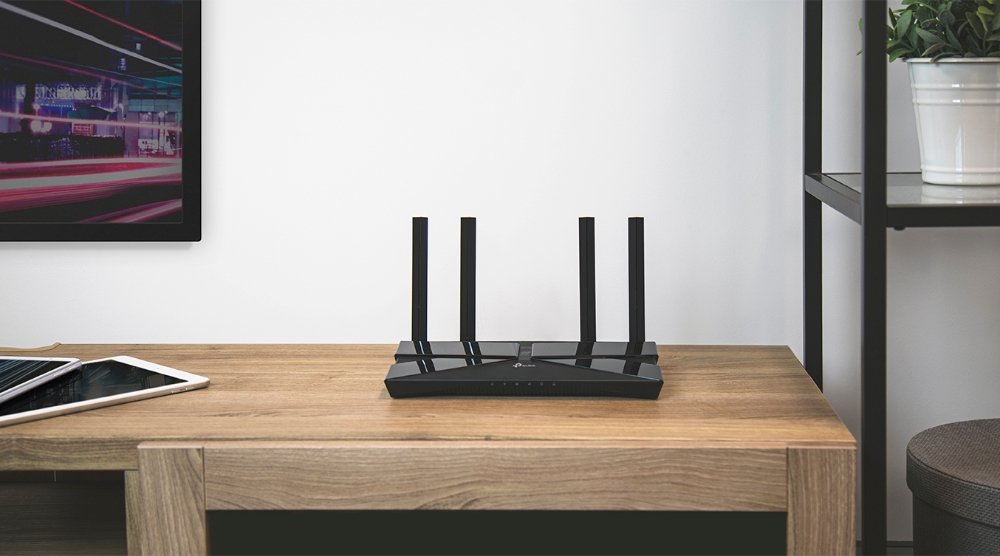
TP-Link Archer AX50
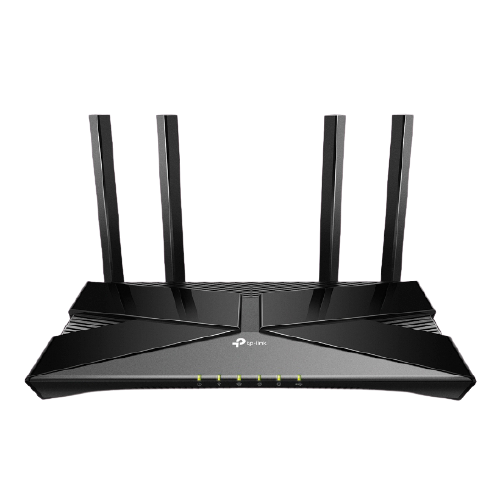
The TP-Link Archer AX50 is a well-rounded router with plenty of speed for most families at AX3000 and four Ethernet ports for wired devices. TP-Link also includes its HomeCare software which provides extra security for the network and advanced parental controls, including content filtering and scheduling.
TP-Link Archer AX50
Complete package
Eero 6
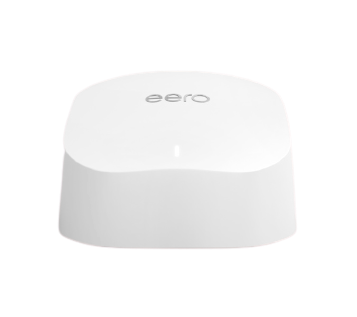
Eero 6 is a compact and capable router with AX1800 speeds that are enough for most internet usage. You can add coverage to your Eero network with any other Eero router though part of your wireless speed will need to be shared with the mesh connection. Eero also has great software that's easy to use and understand.
Eero 6
Easy mesh expansion
Both of these Wi-Fi 6 routers can provide a solid internet connection though they were designed with very different goals in mind. The TP-Link Archer AX50 focuses on fast speeds with a traditional router design, allowing for up to four wired devices. The Eero 6 router is firmly focused on mesh networks with a design and coverage that makes it easy to add more Eeros as needed. As a standalone router, Eero 6 can cover a small home with solid gigabit speeds, but when it's used in a mesh, the dual-band connection means your speed will be cut.
TP-Link Archer AX50 vs. Eero 6 Mesh: Do you need a mesh?
The Archer AX50 is one of TP-Link's few routers not to feature any mesh Wi-FI functionality. While many TP-Link routers like the Archer AX73 support mesh expansion with OneMesh extenders, the Archer AX50 leaves it out. Still, with enough coverage for a three-bedroom home, this router is a solid fit for many homes and apartments, and since it won't be used as a mesh, all of its AX3000 speed is available to connected devices. The AX3000 connection breaks down to 574Mbps on the 2.4GHz band with 2402Mbps on the 5GHz band with support for 160MHz.
The Eero 6 can work as a standalone router with no issue and will even be able to deliver its full AX1800 when deployed alone, but with just 1,500 square feet of coverage, many people will want to use it as a mesh. The AX1800 connection breaks down to 574Mbps at 2.4GHz and 1201Mbps at 5GHz. The majority of Wi-Fi 6 devices only support a maximum of 1201Mbps, so it's rarely a big deal. The Eero 6 will suffer compared to the Archer AX50 when many devices are connected since the Archer simply has more capacity to go around.
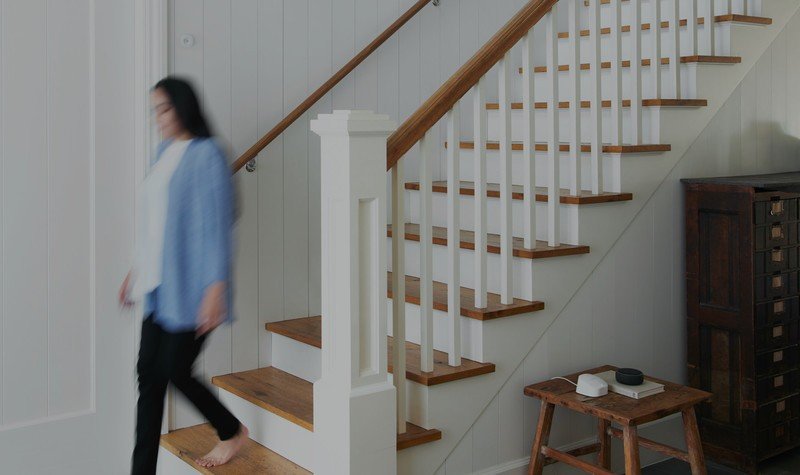
| Header Cell - Column 0 | TP-Link Archer AX50 | Eero 6 |
|---|---|---|
| Wireless | Dual-band AX3000 | Dual-band AX1800 |
| Speed | 574Mbps at 2.4GHz2402Mbps at 5GHz | 574Mbps at 2.4GHz1201Mbps at 5GHz |
| Ethernet | 1 WAN + 4 LAN | 2 WAN/LAN |
| USB | 1 USB 3.0 | None |
| Mesh expansion | None | All Eeros |
| Dimensions | 10.2 x 5.3 x 1.5 inches | 3.91 x 3.82 x 2.42 inches |
The Archer AX50 has four open gigabit Ethernet ports on the back for wired devices, as well as a USB 3.0 port. The USB port can be used for network storage that can be accessed from devices connected to your network. There are also four external antennas on the back of the router that can be adjusted if you decide to mount this router on a wall.
The Eero 6, on the other hand, has no visible antennas and only two Ethernet ports, with one of them used for the internet connection. If you need more wired support, it is possible to use an Ethernet switch with your Eero, but that does mean one more device in your network. If you need a mesh system with better-wired support, some other great mesh WI-Fi 6 routers have more ports.
Be an expert in 5 minutes
Get the latest news from Android Central, your trusted companion in the world of Android
TP-Link Archer AX50 vs. Eero 6 Mesh: Coverage and expansion

TP-Link link claims that the Archer AX50 has coverage for a three-bedroom home thanks to its four high-performance antennas. If you have a home this size or smaller, you can expect good speeds throughout though performance will drop off as you move to the edge of your home. Keep in mind that things like thick walls and HVAC systems can adversely affect your signal, so it's a good idea to overbuy a bit when it comes to coverage.
The Eero 6 as a standalone router has a much smaller coverage area at just 1,500 square feet. While this is fine for a small apartment or home, if you need any more than that, you'll need to add more Eeros. Luckily you can add any eero router to your network, but for the best results, you should stick to something as fast or faster than the Eero 6 you'll be using as the base. If you don't need the Ethernet ports, you can use more Eero 6 routers or Eero 6 Extenders. The Eero Pro 6 is another good option though you'll want to use it as the base router due to its tri-band connection.
Eeros are easily added to the mesh with the Eero app. You can use those older nodes with your new Eero 6 router if you already have an existing Eero mesh.
TP-Link Archer AX50 vs. Eero 6 Mesh: Software extras
Both of these routers are set up in just a few minutes using an Android or iOS app. The Eero app is a bit easier to use, but even inexperienced users can be up and running without issue if they follow the instructions presented by the app. In both cases, users may be prompted to update their routers before use. Do not skip this. Router updates not only improve stability but can include important security updates.
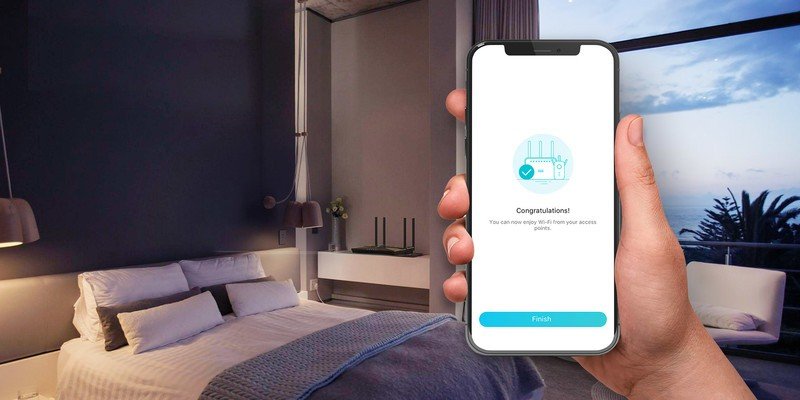
TP-Link includes a wide range of options in the app that will be more than enough for most uses. Still, a web interface is available for the traditional suite of settings experienced users have come to expect in a router. TP-Link includes its robust HomeCare solution with the Archer AX50, including network security improvements, including reports on connected devices.
HomeCare also has some of the best parental controls in the business, with simple filters and time limits that can be applied to all users' devices at once. HomeCare also comes with QoS by an app that can keep your most important applications running smoothly with a saturated network no matter which device you access it from. This means that if you need your Microsoft Teams meeting to run smoothly while the kids are watching 4K videos, you can be confident that you'll be prioritized whether you're on your phone, tablet, or PC.
Eero has most of the same options, including some basic parental controls and QoS. Unfortunately, there is no web interface available, so the simplified settings in the app are all you get. If you're looking for more in-depth security, Eeros paid Eero Secure subscription offers a very robust solution. The cost of $2.99 per month or $29.99 per year grants access to advanced security for your network, content filtering for parental controls, ad blocking, and improved tech support. Eero Secure is a good value for what you get, but you get most of these advantages for free with HomeCare on the Archer.
TP-Link Archer AX50 vs. Eero 6 Mesh: Which should you buy?
Eero was designed with mesh in mind from the beginning, and it shows even with the Eero 6. This router is a great fit for someone who needs compact with enough performance for a gigabit connection. It's also great that coverage can be expanded at any time with more Eero nodes and can even surpass the TP-Link with a couple of nodes. Still, building a mesh system is much more expensive than a standalone router since you'll be buying multiple nodes for the same sort of coverage.
The TP-Link Archer AX50 is a great balance for most people, with its dual-band AX3000 connection delivering plenty of speed for most internet connections with coverage for many homes. TP-Link's HomeCare also adds value for families that want some extra security and parental controls. When it comes to getting a complete package, as long as you don't need mesh coverage, the Archer AX50 has everything a family needs in a router with plenty of speed and capacity for heavy usage.
When Samuel is not writing about networking or 5G at Android Central, he spends most of his time researching computer components and obsessing over what CPU goes into the ultimate Windows 98 computer. It's the Pentium 3.

